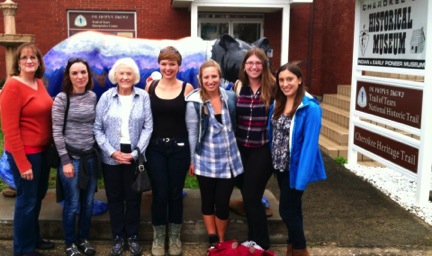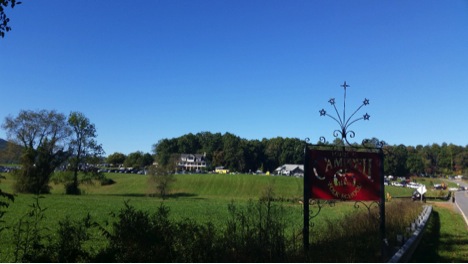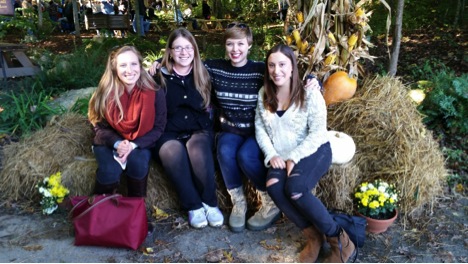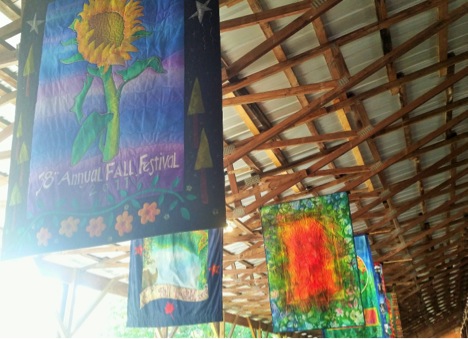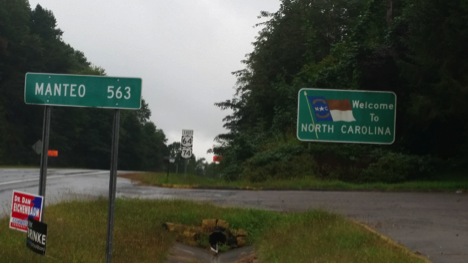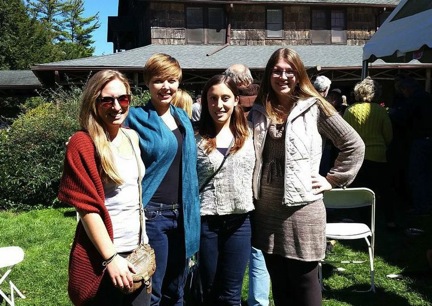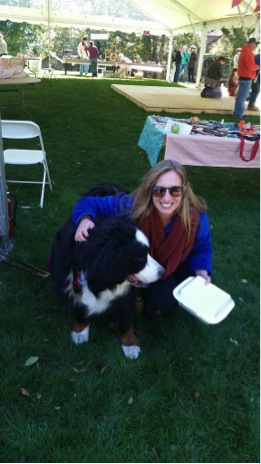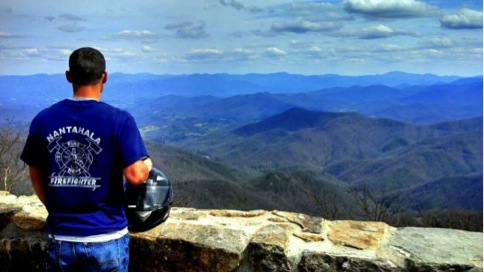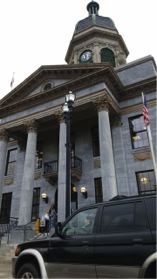By Katherine Makepeace – 2014

Rocky’s Grill and Soda Shop, a town staple since 1942, is among the most aesthetically vivacious attractions that one notices while browsing Brevard’s downtown district. Its retro signs lure visitors inside for a nostalgic return to what many consider a “simpler time” in America. Massive black and white portraits of stars from Hollywood’s Golden Era smiled down at me, inviting me to stay and revel in the comfort of a more wholesome and pure perspective of an America that I have never experienced first-hand.
The nostalgic image of post-WWII America is a familiar narrative that has been perpetuated to millennials by their baby-boomer parents. Although I myself cannot identify with the old days of 40’s and 50’s American idealism, I still felt palatable warmth envelop my heart that made me feel like I was home safe after a long, hard day. My group and I decided to seat ourselves at the bar, and I couldn’t help but imagine us all coming there 60 years ago in our poodle-skirts and bouncy ponytails to talk about boys over malts and milkshakes. The restaurant describes itself as an old-school “soda fountain” so I ordered a conventional root beer float to sip along with my “Carolina Cheeseburger” – an irresistible heart attack stacked with cheese, chili, slaw, and onions – and a side of fries with a dill pickle spear. I wanted to complete the American diner experience with the most “American” fare possible. And if a burger slathered in chili and slaw isn’t it, I don’t know what is.
The burger was astounding in size, but also in every other aspect. After cutting it in half so I could manage to shovel it into my mouth, I decided just to “go for it”. Taking my first bite was difficult given all the chili exploding out of the burger’s sides, but I developed a strategy as I munched along on my merry way to achieve ultimate fullness. I learned to let a lot of the chili fall onto my plate before attempting to take a bite; the lost toppings from my burger were just recycled as toppings for my fries later in my meal.
The buns were buttery and soft, but sturdy enough to keep my burger generally intact. The patty itself was hearty, thick, and cooked medium, so it still retained its natural flavors. It was not overly greasy like one might expect from a diner burger. The moist, smoky chili gave the sandwich plenty of juiciness without the excess grease that I expected. On the other hand, the sweet, crunchy onions and slaw layered the burger with many nuanced textures.
The root beer float was a true “float” in that the ice cream sat prettily amidst a thick layer of foam near the top of the glass. The generous cooks at Rocky’s must also have been physicists because the scoop of ice cream was simply too ginormous not to sink to the bottom. I suppose this is evidence of their use of fresh products – particularly their bubbly, uber-carbonated root beer soda. The Edy’s vanilla ice cream was thick, creamy, and smooth – a huge departure from the frost-burned varieties littering my freezer.
Overall, I would rate Rocky’s Grill and Soda Shop “excellent” in terms of their food, beverages, and atmosphere. From what I saw of my peers’ menu choices, everything looked massively appealing and nothing disappointed. I could tell from the expressions on my peers’ faces that they were as awash with the same nostalgia that I was.



